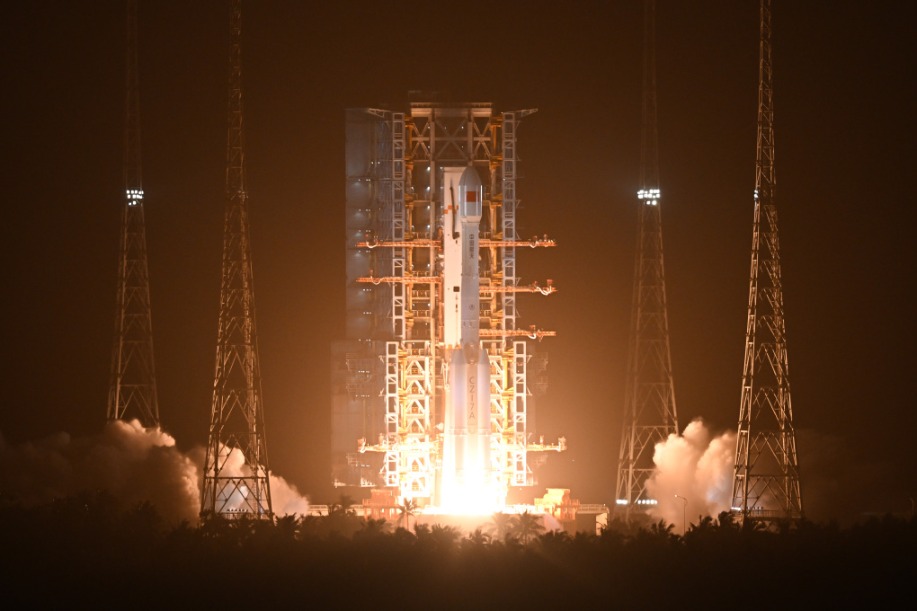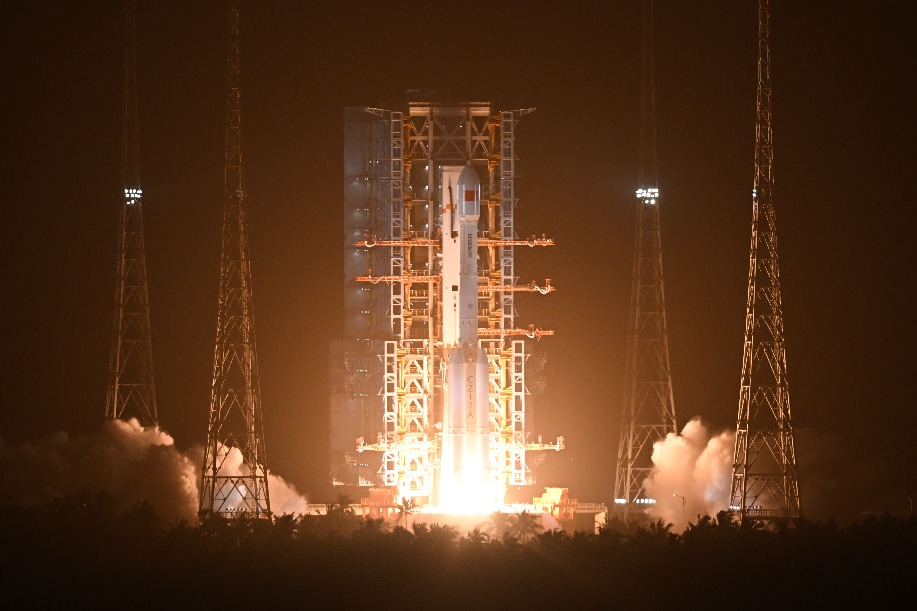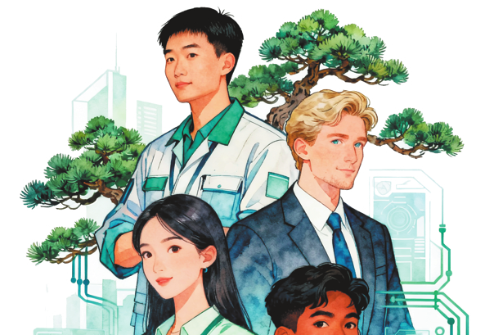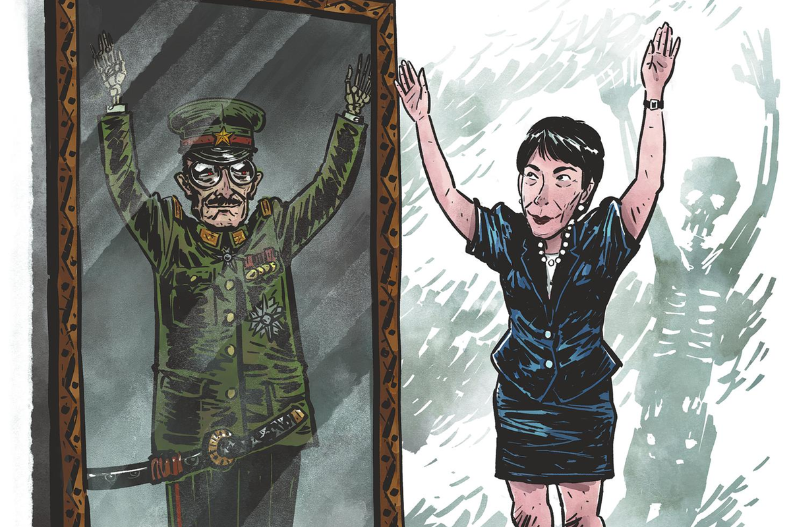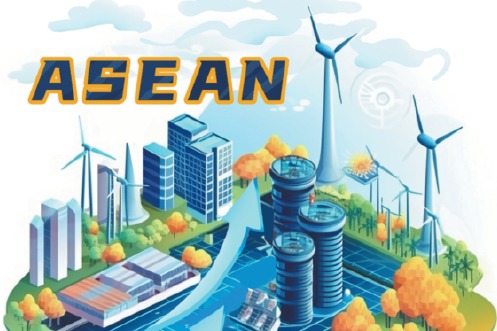Friendly neighborhood vital to China, Japan, ROK

RCEP to boost regional trade and investment
The Regional Comprehensive Economic Partnership is the first free trade agreement that includes as original members China, Japan and the ROK, which account for more than 80 percent of the total GDP of the RCEP region.
The RCEP is expected to promote trade and investment, strengthen industrial supply chains in the three countries, and boost growth and stability in the region. It is also expected to strengthen the regional value chains, facilitate the transformation of production from a "flying-geese" development pattern, conceived by Japanese scholars in the first half of the 20th century and followed by Japan after the end of World War II to a "two-headed goose model", which is practiced by both China and Japan today. The RCEP will also help member states build an expanded world factory and a trilateral free trade zone.
However, the US-led "Indo-Pacific Economic Framework for Prosperity", which excludes China, will limit the opportunities for China, Japan and the ROK to build a complementary industrial chain for cutting-edge technology. It is more likely that two parallel industrial chains will develop, one involving the US, Japan and the ROK, and the other led by China and involving other developing countries.
To a certain extent, China, Japan and the ROK may continue to cooperate in some cutting-edge technology sectors, but the research and development sector may see less foreign investment and investors' confidence could wane due to the rising geopolitical risks in the region.
Ni Yueju, a researcher at the Institute of World Economics and Politics, Chinese Academy of Social Sciences

















